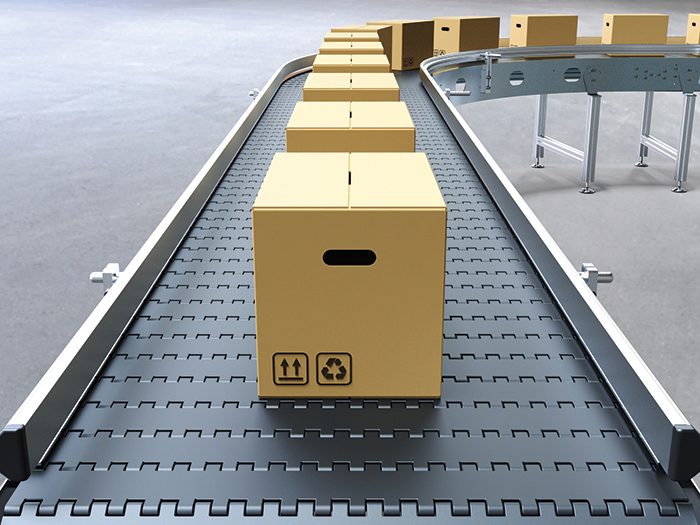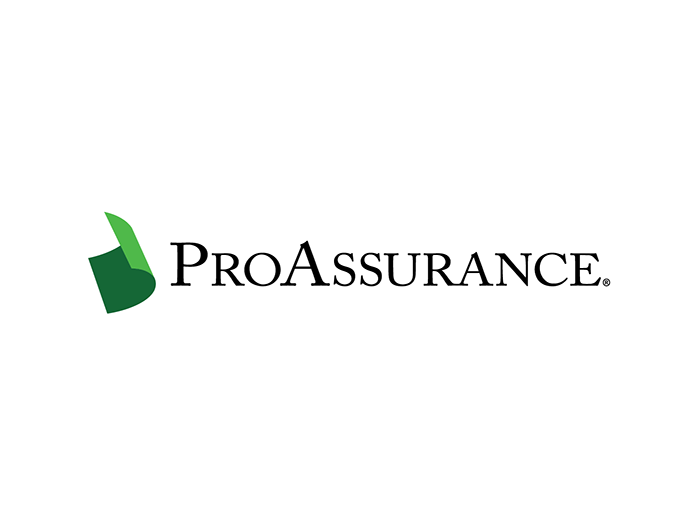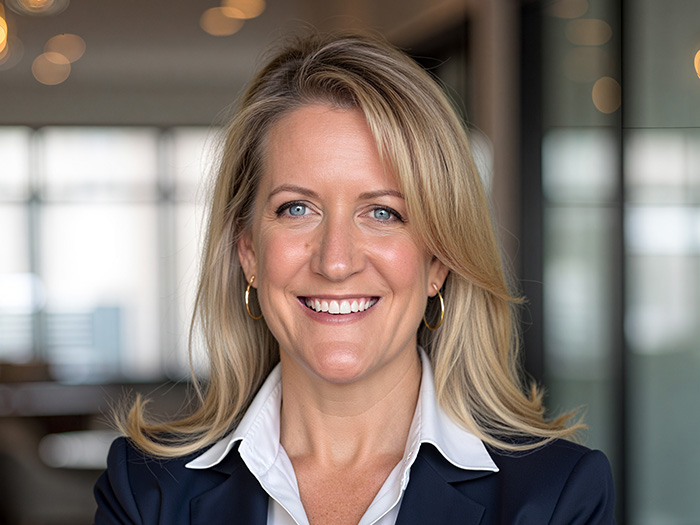Captives
Captives Show Promise in Addressing Supply Chain Risk

A recent production shutdown of Ford’s flagship F-150 trucks following a fire at one of the auto manufacturer’s suppliers, is causing many companies to question how they manage and insure against supply chain risk. For a growing number of them, part of the answer is captives.
With the growth of just-in-time manufacturing and global sourcing, supply chains are becoming more complex and vulnerable.
Meanwhile, dangers such as aging infrastructures, political instability, climate change, cyber threats, communications vulnerabilities and even reputational harm, threaten first-, second-, and even third-tier suppliers.
According to Nick Wildgoose, Zurich’s global supply chain product leader, investment in supply chain risk management has increased considerably since the global disruptions of 2011. Even so, he said, the level of disruption is still high, with 65 percent of corporations [reporting] a disruption in 2017.
Much of it is non-damage related, “so cyber, loss of talent, etc. It shows you need to take that holistic view of supply chain risk management.” Increasingly, that view includes captives, which not only serve as primary-layer risk-transfer mechanisms, but can also offer access reinsurance for difficult-to-insure losses.
“We’ve seen it on a fronted basis, we’ve also seen on a direct basis,” said Michael Serricchio, managing director, Marsh Captive Solutions.
“It’s really no different than self-insurance, except you’re being more formal about it, you’re setting funds aside … you’re building up capital, whereby you can use that capital to hopefully avoid losses in the future. We have maybe five to 10 captives that are doing supply chain.”
Captives: Flexibility and Customized Solutions
Captives are flexible, said Brian W. Merkley, global director, corporate risk management, Huntsman Corporation, and well-suited for supply chain risk, which can vary greatly by industry and product and may not be adequately understood by the marketplace.
“Captives work even more efficiently when you have things that are outside the box,” said Steven R. Bauman, head of global programs and captive practice, North America, XL Catlin. “Certainly if there are gaps or deficiencies in that, that’s where the captive does very well.”
Captives can also be particularly useful to companies just beginning to address supply chain risk, said Wildgoose. “Captives can sit outside corporate budgets, so the captive can help provide budget for risk management,” he said. “It shouldn’t be the source of all the funding, but it can start like seed capital.”
For some, an important benefit of captives is the access they can provide to alternative capital: “Especially now, with the blending of the insurers and the reinsurers and the capital markets, everybody wants … an opportunity to make money in this business on the back, and you see all these different sources of capital coming into the market,” said Gary Lynch, CEO and founder, The Risk Project, LLC.
“I’m not saying a captive is the solution, but a captive is a creative way of doing it and it allows you to think outside the boundaries of traditional coverages,” he said. “And potentially there are some tax benefits.”
For more mature captives, adding supply chain can be a natural next step.
“If the captive has been successful over the years, over the decades, and has the wherewithal to take more risk, that’s the perfect scenario,” said Bauman.
A Multifaceted Look
Still, said Merkley, there’s limited appetite for a dedicated supply-chain captive. “I’m hearing chatter about captives and their potential involvement in supply chain risks, but I am not really seeing anybody pull the trigger on any actual standalone supply chain risk policies,” he said.
The potential for overlap with contingent BI under a property policy is one reason why, said Serrichio. “You don’t want to have double insurance in the captive and in your property policy.”
Another is the potential for creating new gaps in coverage and how that aligns with all of the other policies in your program, said Merkley.
Bauman emphasized the need for caution. “It’s got to be a very measured and prudent use of a captive. So having a good partner in all this is important — folks that have seen it before and can assist with the pricing of it is also important.” &











